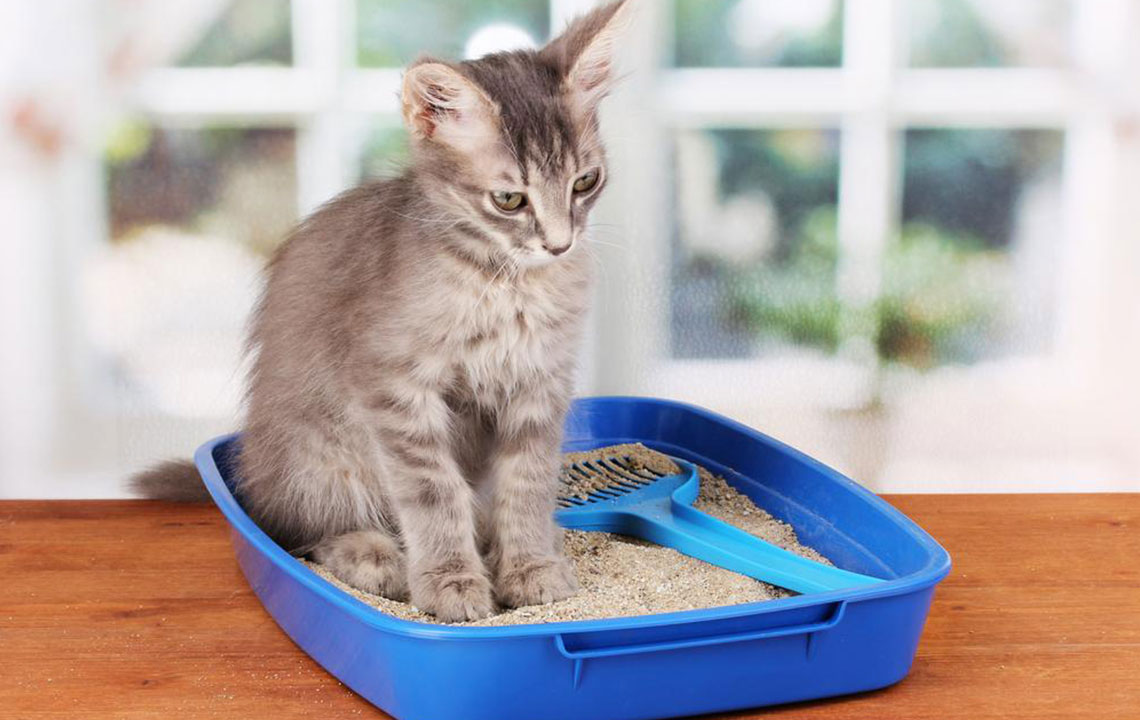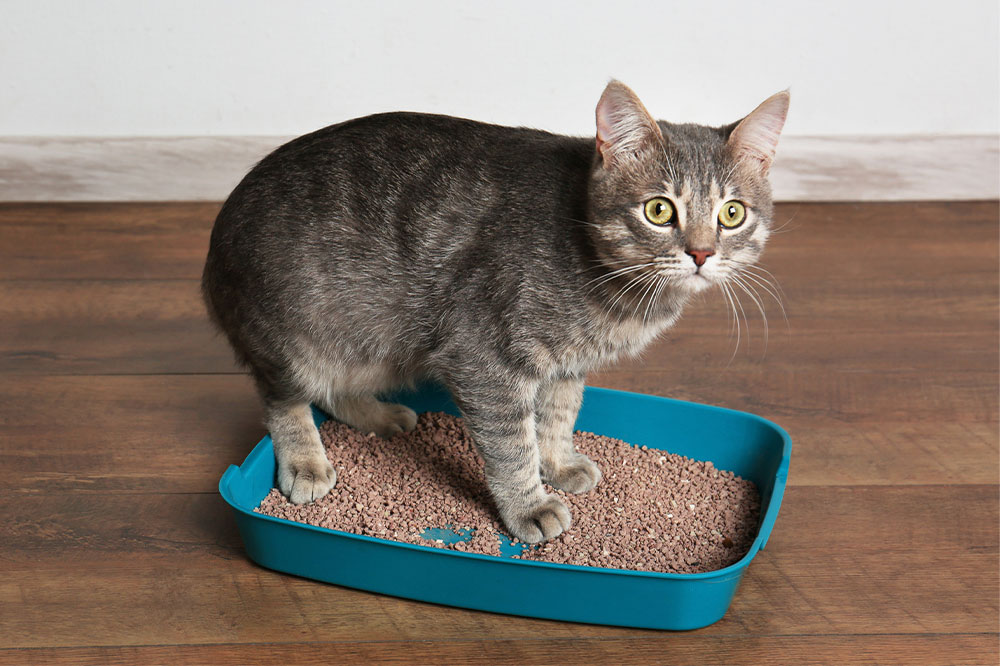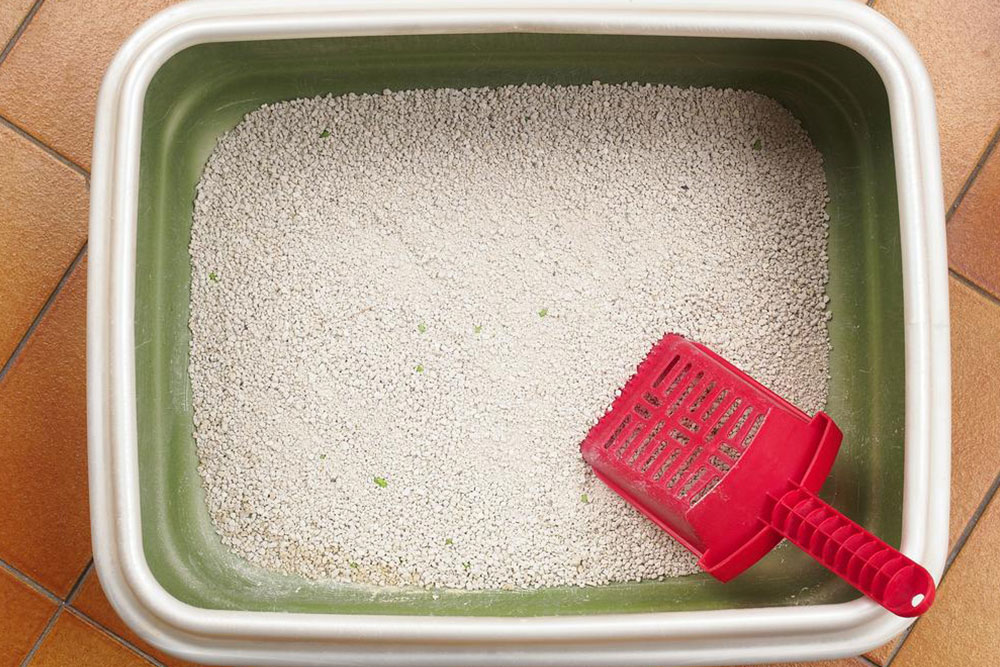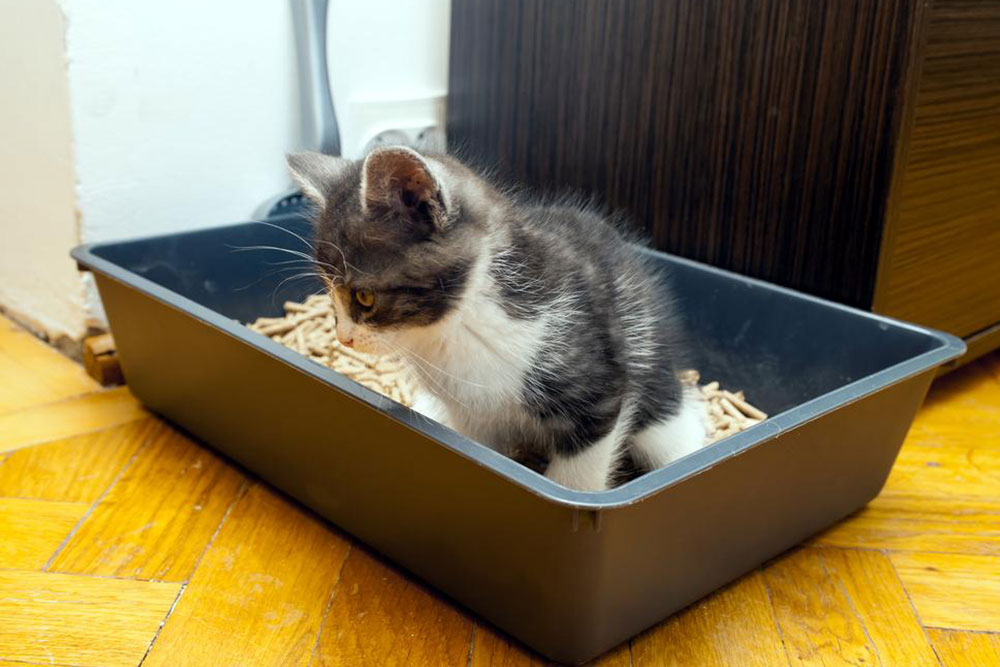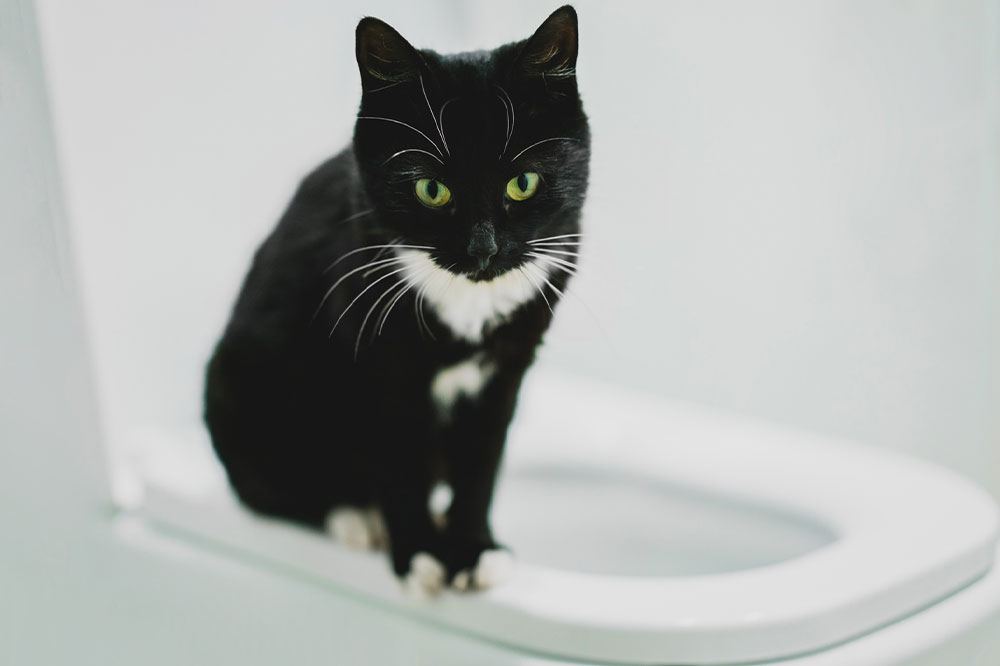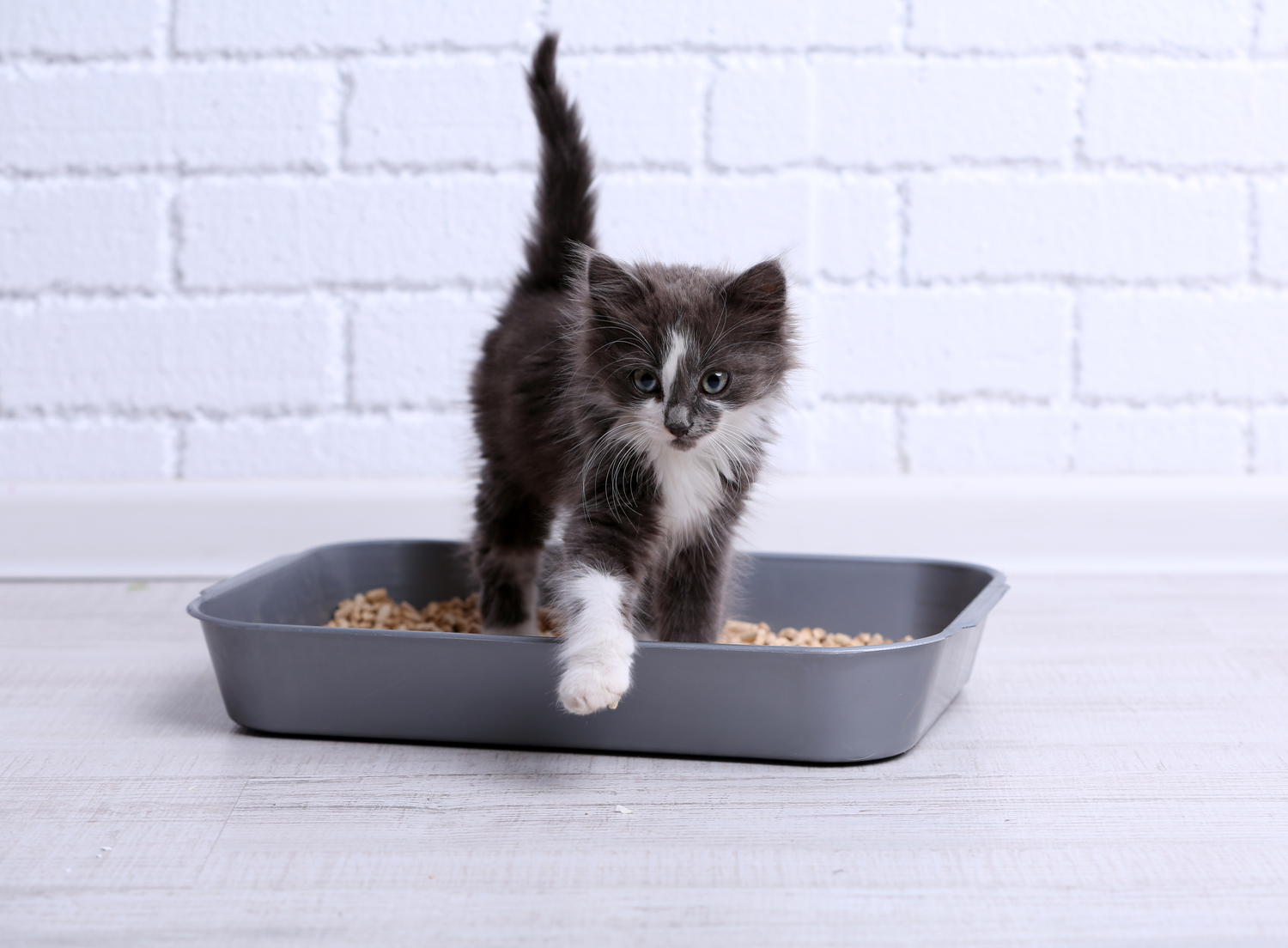Effective Strategies to Reinstate Cats' Litter Box Habits
Discover practical methods to encourage your cat back to using the litter box. From adjusting its location, ensuring the right litter, to addressing health and mobility issues, these tips help resolve common elimination problems effectively. Switching to suitable litter brands can further promote hygiene and comfort for your feline friend.
Sponsored
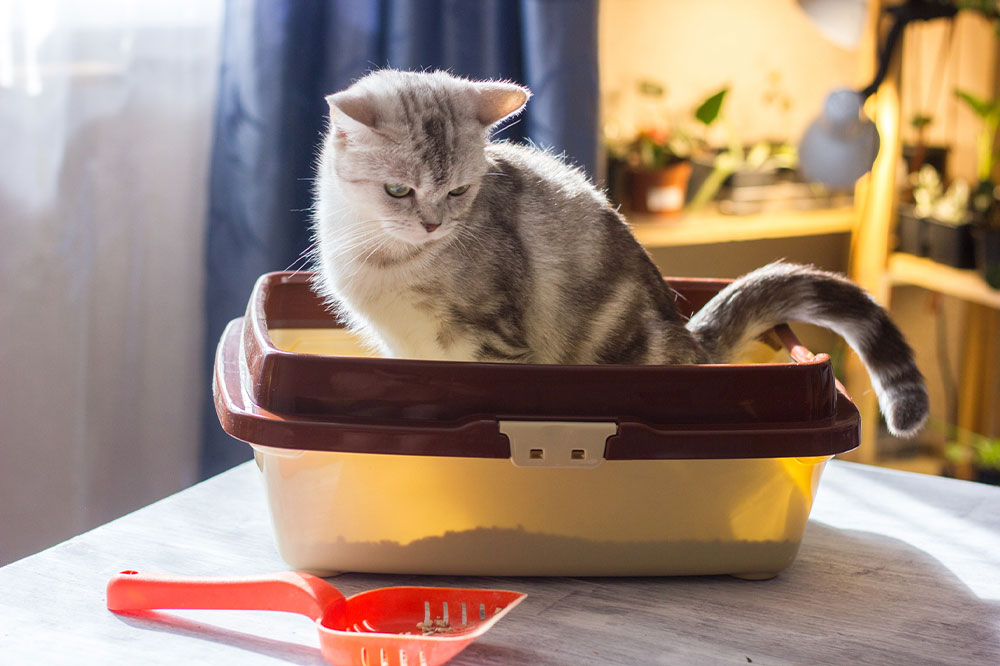
Cats exhibit diverse bathroom behaviors; some prefer long periods in their litter boxes, while others avoid them altogether. Ignoring this can lead to issues like accidents on carpets or furniture. Understanding common reasons behind a cat’s refusal to use the litter box is essential to address the problem effectively.
Location Concerns
Your feline may dislike the current spot of its litter box or prefer alternative locations for elimination.
To solve this, try relocating the litter box to an area your cat favors. If they find a new spot, make the old one less appealing using deterrents like lights, motion sensors, or double-sided tape.
Litter-related Problems
Changes in the type or scent of litter might cause your cat to avoid its usual spot. Cats are sensitive to touch, smell, and environment, so abrupt changes can trigger avoidance.
Keeping the same quality and scent of litter helps maintain familiarity.
Trauma or Negative Associations
Past painful or upsetting experiences while using the litter box may cause a cat to develop fear or aversion. Signs include quickly leaving the box or avoiding it altogether.
Accessibility Issues
Injured or elderly cats may struggle with high-sided or difficult-to-access litter boxes. Switching to a low-entry design can ease their use and prevent accidents.
If you need quality litter options, consider brands like Fresh Step®, which offers scented and unscented clumping varieties, or non-clumping options to suit your cat's preferences.

